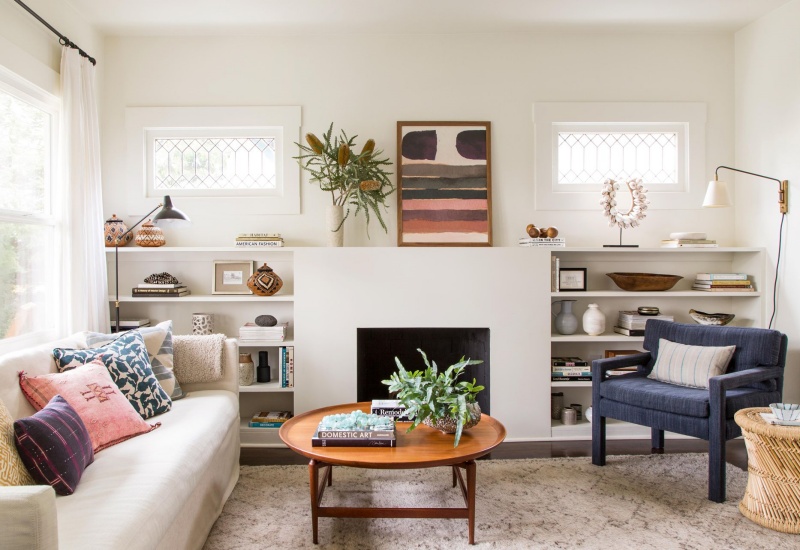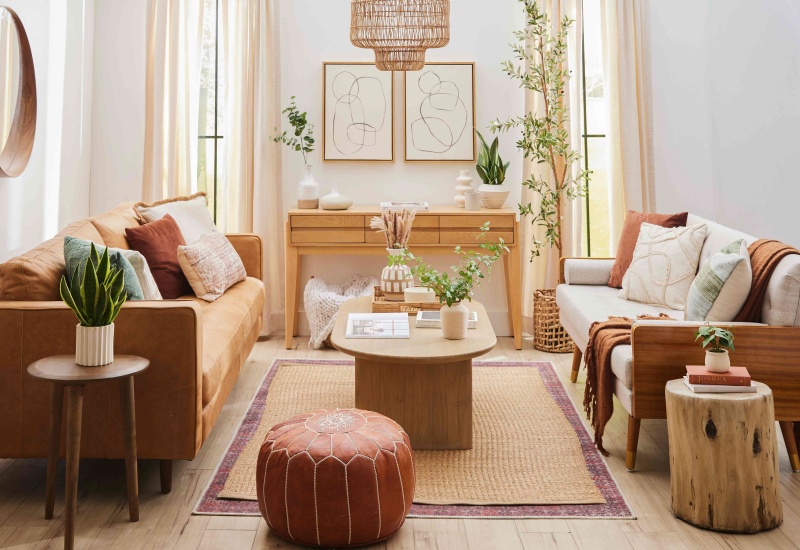Start by assessing the room’s purpose and the activities that will take place there. For living rooms, the focal point is often the television or a fireplace, so arrange seating to facilitate comfortable viewing and conversation. In dining rooms, ensure that chairs are easily accessible and that there’s enough space to move around the table. Bedrooms should prioritize restful vibes with the bed as the main focus, while home offices need to balance productivity with comfort.
Creating a balanced layout is essential. Avoid pushing all the furniture against the walls, which can make the room feel disconnected and less inviting. Instead, float pieces away from the walls to create a more cohesive and intimate setting. This not only encourages better interaction but also allows for more dynamic movement through the space. Use area rugs to define different zones within a room, especially in open-plan layouts.

Scale and proportion are critical considerations. Ensure that the size of your furniture matches the scale of the room. Oversized pieces can overwhelm a small space, while too-small items may get lost in a larger room. Balancing different heights and shapes also adds interest and variety to the arrangement. For instance, pair a low sofa with taller floor lamps or artwork to create a layered look.
Don’t forget about traffic flow. Arrange furniture in a way that allows for easy navigation and ensures that pathways are unobstructed. Leave enough space between pieces to avoid a cramped feeling, and consider how doors and windows affect movement and placement.
Personalize your arrangement with thoughtful accessories like cushions, throws, and side tables. These elements not only enhance comfort but also reflect your style, making the space uniquely yours. By carefully considering the function, balance, scale, and flow of furniture, you can create an inviting and effective layout that enhances both the beauty and usability of your home.



